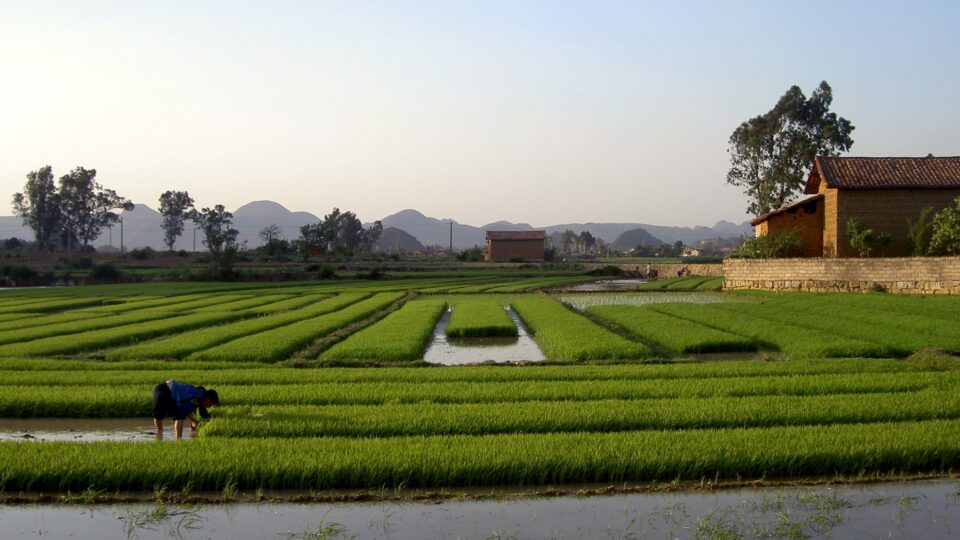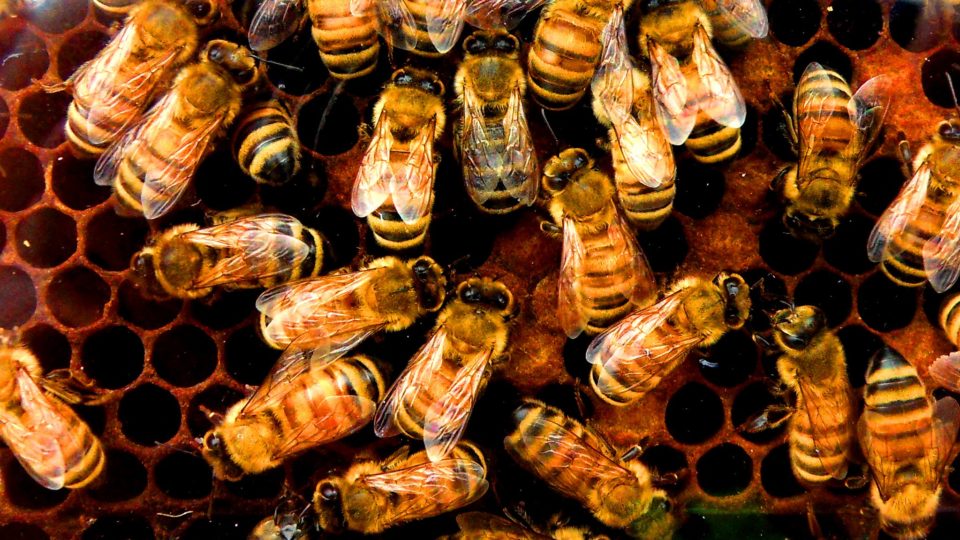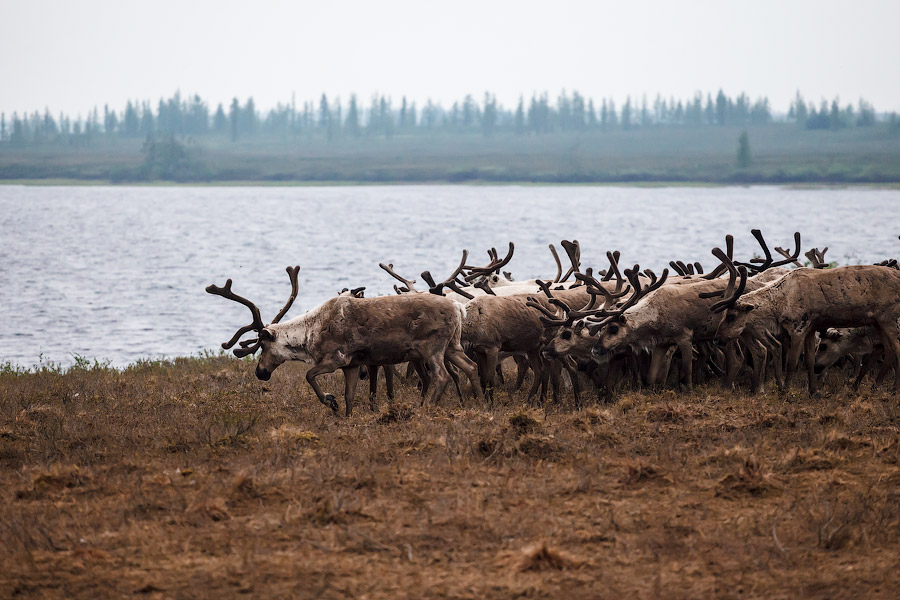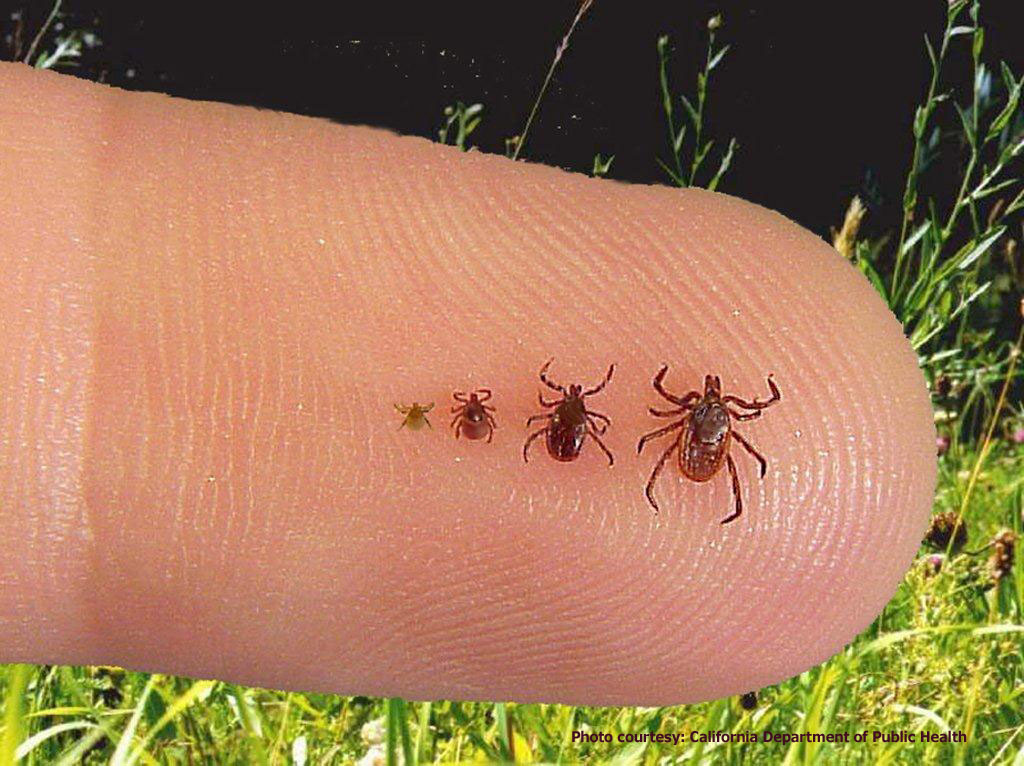Some people talk to their plants. It is highly unlikely that the plants are listening, but recent research has found that plants are doing quite a bit of talking of their own.
It turns out that plant emit a variety of click-like sounds, especially when they are stressed in some way, such as being dehydrated or injured. The sounds are actually fairly loud – comparable to the volume of human speech – but occur at frequencies well above the range of human hearing.
The study at Tel Aviv University in Israel monitored plants in a greenhouse that were subjected to various stresses over time. Unstressed plants emitted less than one sound per hour, on average, while stressed plants emitted dozens of sounds every hour.
Recordings of the plant sounds were analyzed by specially developed artificial intelligence algorithms. The algorithms learned how to distinguish between different plants and different types of sounds. Eventually, they could identify the plant and determine the type and level of stress from the recordings. They could even do this in a greenhouse with a great deal of background noise.
The study resolved a very old scientific controversy about whether plants emit sounds. Not only do they, but the sounds contain useful information. We don’t yet know what the mechanism is for plant sounds. It is likely that in nature, the sounds are detected by various animals and perhaps even plants that can detect the high frequencies. And perhaps they react to them as part of seeking food, shelter, or other services that plants provide. Given the right tools, we humans may also be able to make use of the sounds being made by plants.
**********
Web Links
Plants Emit Sounds – Especially When Stressed
Photo, posted February 20, 2009, courtesy of ProBuild Garden Center via Flickr.
Earth Wise is a production of WAMC Northeast Public Radio







